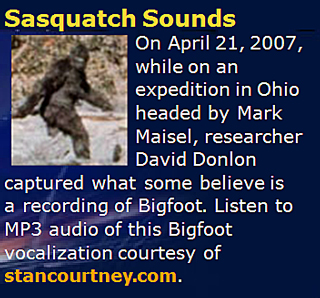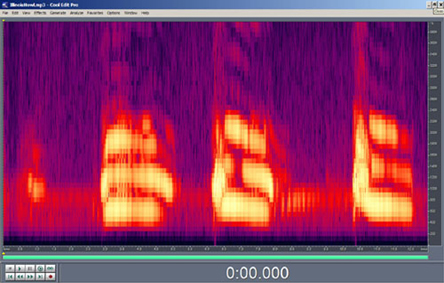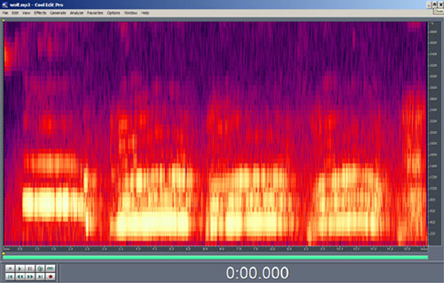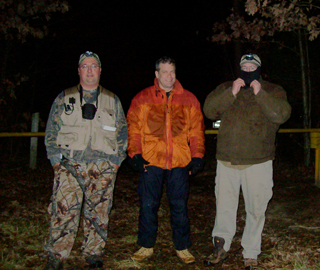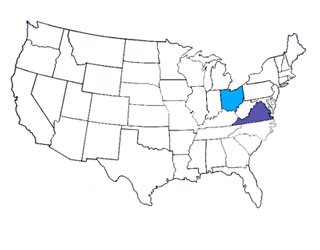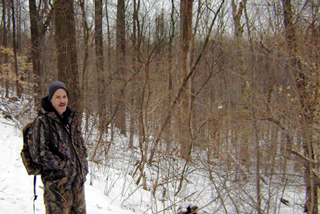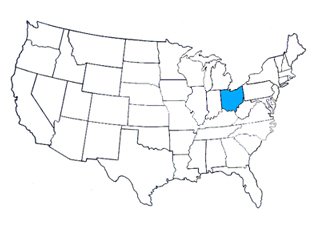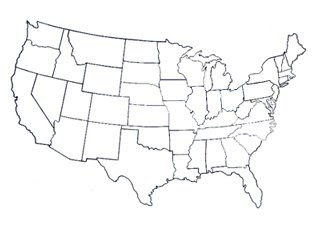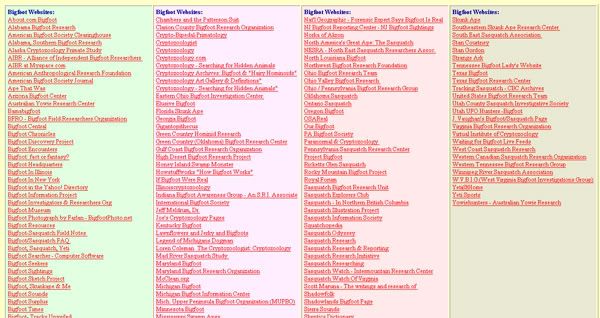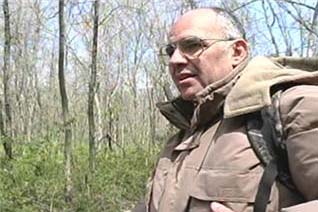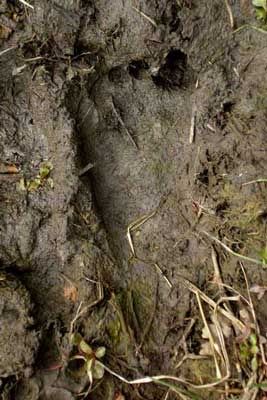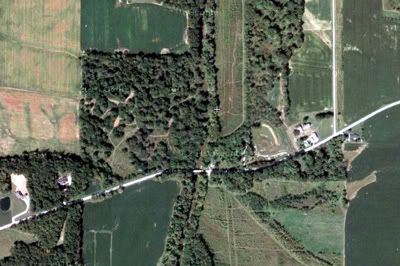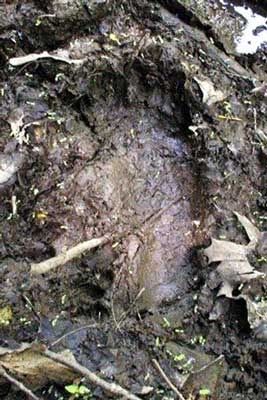Sasquatch Sounds
One of the most significant new recordings was recorded by DB Donlon in April of 2007 in Ohio. This new sound clip soon became known to the bigfoot community.
The recording was brought to the attention of Ron Morehead of  Sierra Sounds, who thought it was significant enough to mention it in July of 2007 while a guest on
COAST TO COAST AM WITH GEORGE NOORY
Ron includes a link on his website to the sound clip.
Coast to Coast displayed the following notice on its main webpage.
